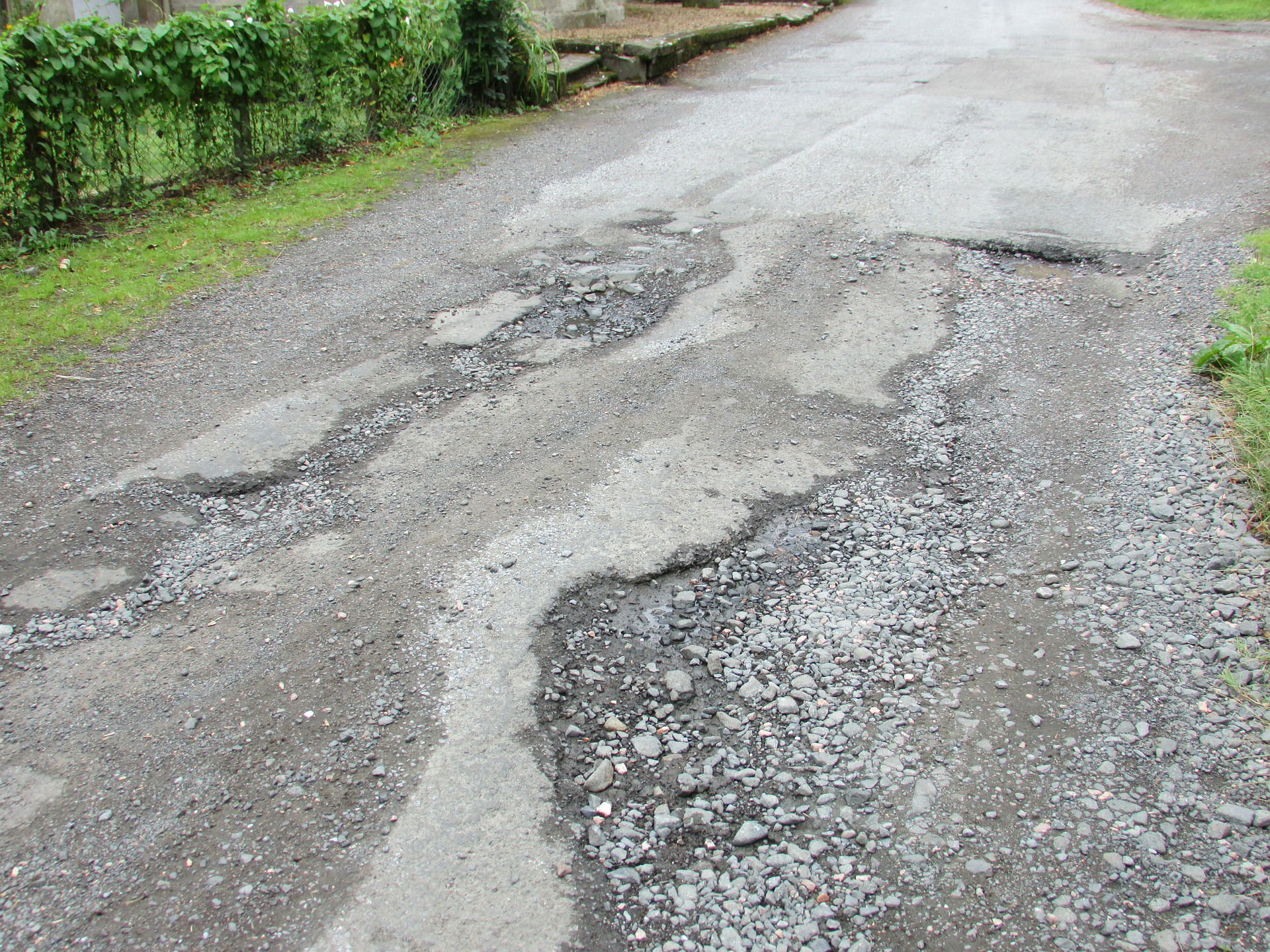Dispersing the Culture of Planned Obsolescence: A Cautionary Tale for Nigeria's Infrastructure

Nigeria, as a nation, holds the reins of control over a significant portion of its infrastructure, estimated at 60% including vital public assets such as roads, buildings, and utilities. However, within this framework of ownership lies a lurking concern - the culture of planned obsolescence. This deliberate practice of designing infrastructure with limited lifespans poses substantial challenges to the sustainability and efficiency of public assets. It is essential to recognize the consequences of planned obsolescence and strive to dispel this culture in order to build a brighter and more resilient future for Nigeria's infrastructure.
The Impact of Planned Obsolescence: The culture of planned obsolescence casts a long shadow over various aspects of infrastructure, resulting in subpar performance, premature deterioration, and hefty financial burdens. In Lagos, the nation's bustling economic hub, buildings stand as testaments to this practice. Rapid urbanization and the demand for quick construction solutions often lead to compromised materials and outdated designs. As a consequence, buildings face structural issues, inadequate energy efficiency, and the need for frequent repairs.
Abakaliki, known for its unique geological challenges, demonstrates another facet of the issue. The utilization of substandard materials, such as Abakiliki shale, in road construction has resulted in recurring failures and rapid pavement deterioration. The presence of montmorillonite, a problematic clay mineral, exacerbates the challenges faced during road construction in the region. Dispelling the Culture of Planned Obsolescence:
- Prioritizing Long-Term Thinking: A fundamental shift in mindset is crucial, emphasizing the long-term value and sustainability of all types of infrastructure. Decision-makers must consider the lifetime costs and benefits of projects, focusing on designs that promote durability, energy efficiency, and adaptability. This approach requires looking beyond immediate cost savings and considering the long-term benefits for the community.
- Investing in Quality Materials and Design: Utilizing high-quality materials that meet stringent standards is vital for ensuring the longevity of infrastructure. Stricter enforcement of regulations, comprehensive quality control measures, and collaborations with industry experts can help discourage the use of substandard materials and promote accountability among stakeholders. Additionally, embracing innovative and sustainable design practices can result in structures that withstand the test of time.
- Embracing Preventive Maintenance: Regular inspections, routine maintenance, and proactive repairs play a critical role in extending the lifespan of infrastructure. Implementing effective maintenance plans allows for early detection of issues and timely interventions, ultimately reducing long-term costs and minimizing disruptions. This approach ensures that infrastructure remains in good condition, serving the needs of the community over an extended period.
- Enhancing Collaboration and Leveraging Proptech: Collaboration between government agencies, educational institutions, and proptech tech companies can greatly enhance the management of infrastructure. Proptech companies can offer technological solutions, such as building management systems and data repositories, to monitor and maintain the status and health of buildings, roads, and other infrastructure. These systems can enable efficient tracking, facilitate proactive maintenance, and ensure that the status and progressions of infrastructure become public knowledge.
Conclusion: Nigeria's control over a significant portion of its infrastructure places a weighty responsibility on the government to safeguard the interests of its citizens and future generations. The culture of planned obsolescence must be addressed head-on, and collective efforts are required to promote a sustainable and resilient approach to infrastructure development and management. By prioritizing long-term thinking, investing in quality materials and design, embracing preventive maintenance, and leveraging collaboration with proptech companies, Nigeria can pave the way for a brighter future where infrastructure is built to last and serve the nation's needs effectively. Together, we can dispel the culture of planned obsolescence and create a legacy of enduring and sustainable infrastructure for generations to come.